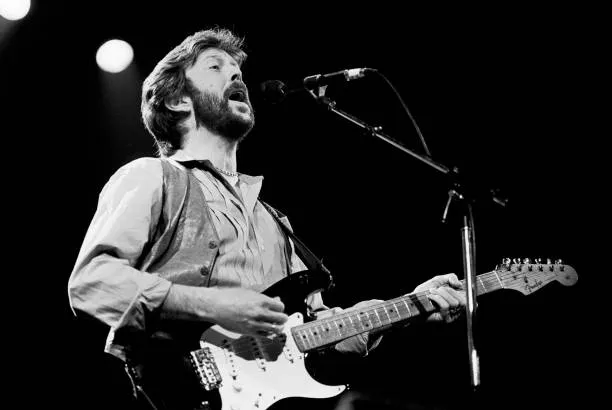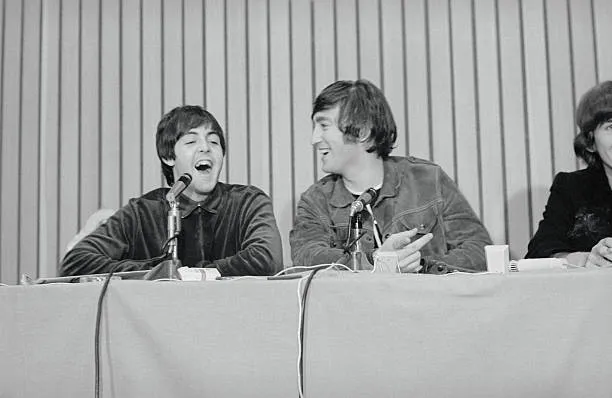John Lennon, a name synonymous with musical genius and cultural revolution, had a childhood that was as complex and unique as the man he became. Born on October 9, 1940, in Liverpool, England, Lennon’s early years were marked by a mixture of instability, creativity, and a rebellious spirit that would later define his life and career. To understand the legend, it’s essential to delve into the formative years that shaped his personality and outlook on life.
Early Family Life

John Lennon was born to Julia and Alfred Lennon, but his upbringing was far from conventional. His father, a merchant seaman, was often absent, and by the time John was five, his parents had separated. His mother, Julia, struggled to provide a stable home and eventually decided that John would be better cared for by her sister, Mimi Smith, and her husband, George. This arrangement led to John living with his Aunt Mimi and Uncle George in a more structured environment.
Despite the separation from his parents, John maintained a close, albeit complicated, relationship with his mother. Julia’s free-spirited nature and love for music had a profound influence on him. She taught him to play the banjo and introduced him to rock and roll, planting the seeds for his future career. However, the emotional turmoil from this fragmented family life contributed to John’s sense of abandonment and rebellion.
School Years and Early Rebelliousness

As a student, John Lennon was bright but unruly. He attended Dovedale Primary School and later Quarry Bank High School. Known for his quick wit and sharp tongue, John often found himself at odds with authority figures. His school reports frequently mentioned his lack of discipline and tendency to disrupt the classroom. Despite his academic struggles, John showed an early talent for art and writing, often doodling and creating elaborate stories and cartoons.
John’s rebellious streak extended beyond the classroom. He formed a gang with his school friends, engaging in petty mischief and pranks. His sense of humor and leadership qualities made him a natural ringleader. This period of his life highlighted his defiance against conformity and foreshadowed the countercultural icon he would later become.
Teenage Years and Musical Beginnings

Lennon's teenage years were a critical turning point. In 1956, at the age of 16, he formed his first band, The Quarrymen, named after his high school. This group was the precursor to The Beatles and included future bandmate Paul McCartney, whom he met at a church fete in 1957. The meeting between John and Paul marked the beginning of one of the most significant partnerships in music history.
During this time, John’s passion for music grew exponentially. He was heavily influenced by American rock and roll, particularly artists like Elvis Presley, Buddy Holly, and Chuck Berry. His mother, Julia, continued to support his musical aspirations, even buying him his first guitar. However, tragedy struck in 1958 when Julia was killed in a car accident, a devastating blow that deeply affected John and intensified his sense of loss and abandonment.
Artistic Influences and Early Creativity

Even as a child, Lennon was drawn to creative expression. He had a vivid imagination and a knack for storytelling, often immersing himself in the world of books and comics. This creative inclination found an outlet in his music and art. John's early exposure to a diverse range of influences—from British skiffle and rock and roll to literature and visual arts—helped shape his eclectic style.
Lennon's artistic abilities were evident in his school years, where he excelled in drawing and writing. He attended Liverpool College of Art, though his time there was marked by the same rebelliousness that characterized his earlier education. Despite being expelled for his lack of attendance and confrontational behavior, his experience at the art college played a crucial role in nurturing his artistic vision.
Conclusion
John Lennon’s childhood was a tapestry of contradictions—marked by love and loss, stability and chaos, creativity and rebellion. These early experiences forged a complex personality that would later resonate through his music and public persona. Understanding Lennon’s formative years provides invaluable insight into the man who would go on to challenge the status quo, inspire generations, and leave an indelible mark on the world. His childhood was not just a backdrop to his later fame but a crucible in which the legend of John Lennon was forged.



